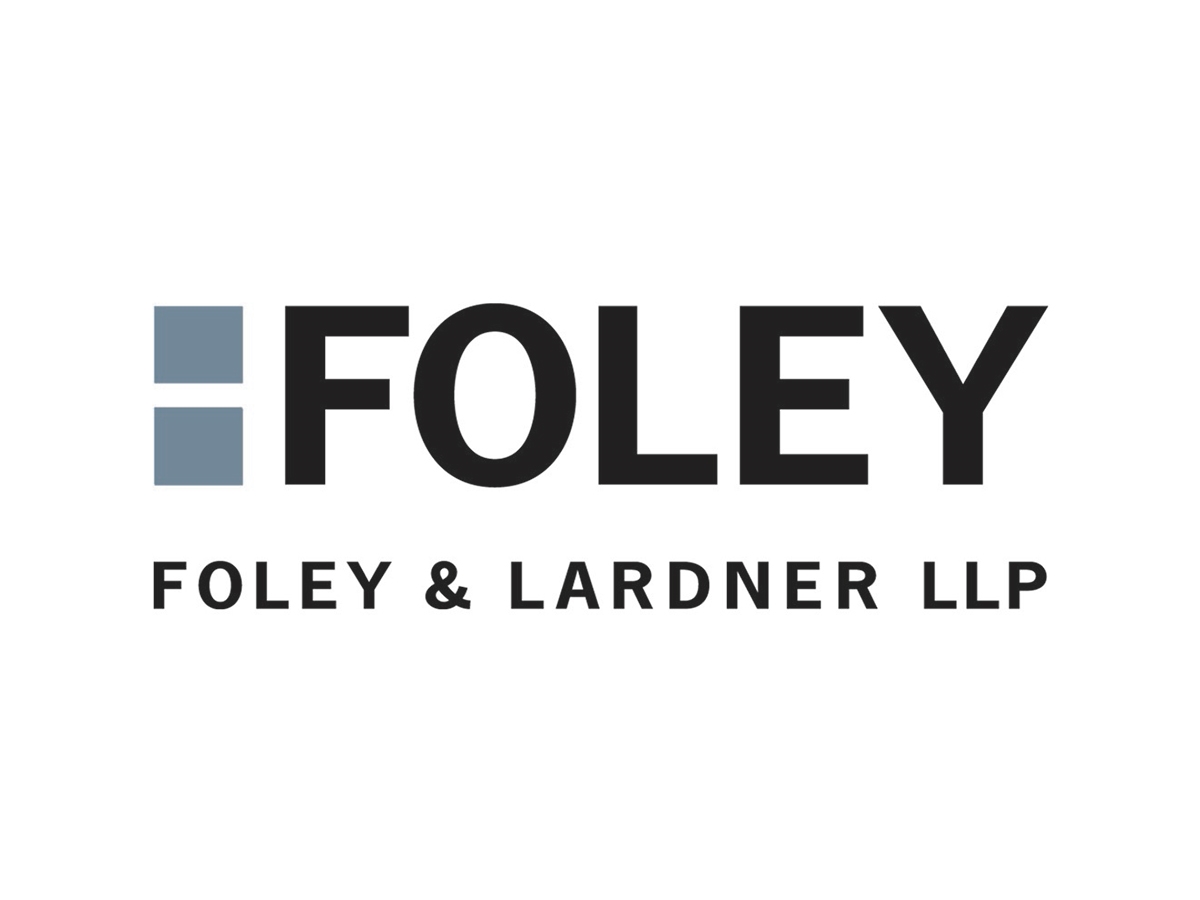Federal Circuit Evaluates Impact of the Final Written Decision (FWD) in a Parallel Inter-Partes Review (IPR) on District Court’s decision of Invalidity and Infringement | Sheppard Mullin Richter & Hampton LLP
In United Therapeutics Corp. v Liquidia Tech Inc., the Federal Circuit reviewed the district court’s decision on invalidity and infringement of two pharmaceutical patents and the impact of the Final Written Decision (FWD) in a parallel inter-partes review (IPR) upon the district court’s decision.
Background
Liquidia filed a New Drug Application for YutrepiaTM, its non-generic dry powder inhalation formulation of the drug treprostinil, under § 505(b)(2) of the Food, Drug, and Cosmetic Act. Within 45 days of receipt of notice of Liquidia’s NDA, United Therapeutics sued Liquidia in the District of Delaware for infringement based on U.S. Patent No. 9,593,066 (“the ’066 patent”) which covers its own approved NDA (No. 022387) for Tyvaso®, an inhaled solution formulation of treprostinil for the treatment of pulmonary hypertension. United Therapeutics filed another patent application that issued as U.S. Patent No. 10,716,793 (“the ’793 patent”) which was joined to the district court litigation. Liquidia challenged the ’793 patent before the Patent Trial and Appeal Board, from which a FWD issued on July 19, 2022, invalidating all claims of the ’793 patent. After a failed rehearing attempt by United Therapeutics, the IPR is on a pending appeal before the Federal Circuit as of the time of this publication. The district court subsequently decided that claims 1, 4, and 6–8 of the ’793 patent are not invalid and are infringed; claims 1-3, 6, and 9 of the ’066 patent are anticipated; that claims 1-3 of the ’066 patent are infringed, while claims 6, 8, and 9 are not infringed. Liquidia appealed, and United Therapeutics cross-appealed the parts of the decision that were respectively disadvantageous to each party.
Issue(s)
- Whether the claim limitation “treating pulmonary hypertension” of the ’793 patent includes safety and efficacy.
- Whether the ’793 patent claims are enabled.
- Whether the ’793 patent claims are supported by written description.
- Whether the District Court clearly erred in finding induced infringement of claims 1, 4, and 6-8 of the ’793 patent.
- Whether the District Court clearly erred in finding infringement of claims 1-3 of the ’066 patent.
- Whether the District Court clearly erred in finding no infringement of claims 6 and 8 of the ’066 patent.
- Whether the District Court clearly erred in finding claims 1-3, 6, and 9 of the ’066 patent invalid based on anticipation under §102 in view of prior art reference Moriarty.
Holding(s)
- The District Court’s claim construction was correct that “treating pulmonary hypertension” as recited in the ’793 patent includes treating all five groups of pulmonary hypertension patients.
- Claim limitation of “treating pulmonary hypertension” does not include the non-recited limitations of safety and efficacy.
- Claims of the ’793 patent are adequately enabled.
- Claims of the ’793 patent are supported by written description.
- The District Court did not clearly err in finding induced infringement because the ’793 IPR decision does not affect finding of induced infringement.
- Issue of infringement of claims 1-3 of the ’066 patent is rendered moot by invalidated claims.
- The District Court did not clearly err in finding claims 1-3, 6, and 9 anticipated by Moriarty.
- The District Court did not clearly err in finding claims 1-3, 6, and 9 of the ’066 patent invalid.
Reasoning
As to the claim construction of pulmonary hypertension, the Federal Circuit found that the ’793 specification does not limit scope of pulmonary hypertension to any specific group.
Liquidia did not challenge the claim construction of “therapeutically effective single event dose” which the District Court construed as “a dose given in a single treatment session that causes an improvement in a patient’s hemodynamics.”
The Federal Circuit found that read in context, the claim language of “‘treating pulmonary hypertension’ does not import any additional efficacy limitations or any safety limitations,” and that it is wrong to partition a disease or condition to require a separate disclosure in the specification for each individual variant of the condition, unless the variants are specified in the claims.
The ’793 specification describes the claimed “treating pulmonary hypertension comprising administering . . . a therapeutically effective single event dose of a formulation containing treprostinil.”
The Federal Circuit noted that safety and efficacy are responsibilities of the Federal Drug Administration (FDA), not that of the Patent & Trademark Office (PTO). Thus, the FDA’s responsibilities should not be inserted into claims where no such limitations are recited.
The Federal Circuit found that the district court properly relied on expert testimony and record evidence to conclude that a skilled artisan would understand that the claimed single dose administration of treprostinil would improve hemodynamics regardless of the type (i.e., group) of pulmonary hypertension patient.
As to the enablement issue, the Federal Circuit agreed with the district court’s finding of enablement in the details in the ’793 patent specification on administration, concentrations, dosages, and description of an open label study; and expert testimony.
The Federal Circuit reasoned that these disclosures in the record satisfy all that the claims require under the district court’s construction of a “therapeutically effective single dose.”
As to the issue of providing written description, the Federal Circuit agreed with the district court that noted the specification describes “treating pulmonary hypertension comprising administering . . . a therapeutically effective single event dose of a formulation containing Treprostinil.”
The Federal Circuit noted that the same reasons for rejecting Liquidia’s claim construction arguments regarding safety and efficacy apply to this issue as well.
As to whether the FWD invalidating claims in the IPR negated the finding of induced infringement, the Federal Circuit noted that “[a] pending, non-final litigation does not negate an intent to infringe that is otherwise supported by evidence.”
The Federal Circuit reasoned that:
- An IPR decision does not have collateral estoppel effect until that decision is affirmed or the parties waive their appeal rights; and
- The PTAB’s final written decision does not cancel claims; the claims are cancelled when the Director issues a certificate confirming unpatentability.
As to the issue of invalidation by anticipation by Moriarty, the Federal Circuit stated that “a product-by-process claim is a product claim.”
Prior art Moriarty discloses treprostinil of 99.7% purity which falls in the scope of the ’066 specification of 99.7-99.9% purity, although it may not disclose purification through salt formation and the same level of alkylation or hydrolysis impurities as described in the specification which are not claimed.
No evidence was provided “identifying any structural or functional differences between the Moriarty treprostinil and the claimed treprostinil” of the ’066 patent, and the Federal Court found the district court’s reasoning well supported.
The District Court credited Liquidia’s representations to the FDA that it would store treprostinil sodium between 2°C and 8°C, which falls outside of the District Court’s claim construction of “ambient temperature” as room temperature between 15°C to 30°C.
The District Court found that storage between steps of Liquidia’s manufacturing process did not meet the limitations of claims 8 and 9 of the ’066 patent, which require storage of treprostinil before preparing a pharmaceutical product.






![[Webinar] Navigating Trade Secrets Under the FTC’s Non-Compete Ban – June 12th, 1:00 pm – 2:00 pm EDT | Sterne, Kessler, Goldstein & Fox P.L.L.C. [Webinar] Navigating Trade Secrets Under the FTC’s Non-Compete Ban – June 12th, 1:00 pm – 2:00 pm EDT | Sterne, Kessler, Goldstein & Fox P.L.L.C.](https://jdsupra-static.s3.amazonaws.com/profile-images/og.14437_1138.jpg)